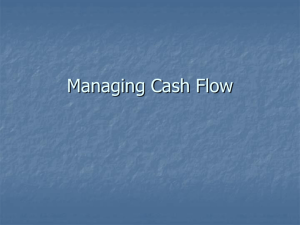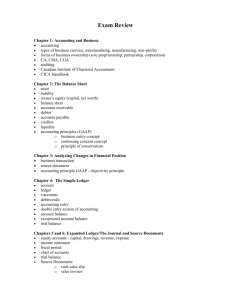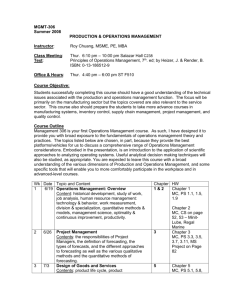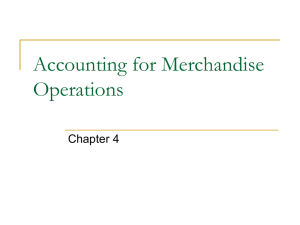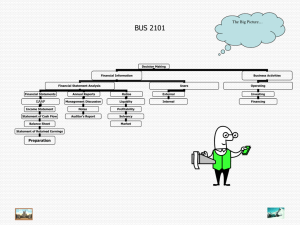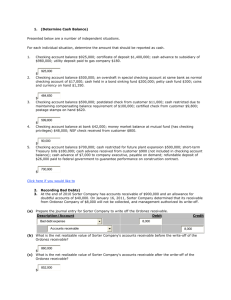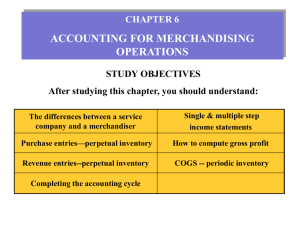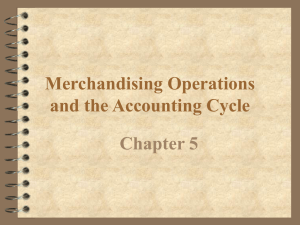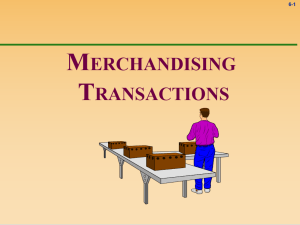accounts payable - Stephanie Larkin
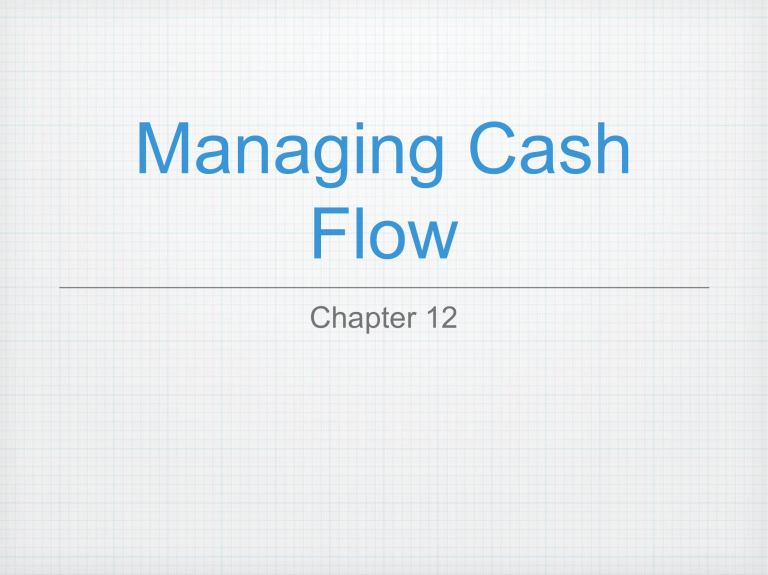
Managing Cash
Flow
Chapter 12
Cash Management
the process of forecasting, collecting, disbursing, investing, and planning for the cash a company needs to operate smoothly.
Cash Flow Cycle
the time lag between paying suppliers for merchandise or materials and receiving payment from customers.
Cash and Profits Are
Not the Same
When analyzing cash flow, entrepreneurs must understand that cash and profits are not the same.
Attempting to discern the status of a small company’s cash position by analyzing its profitability is futile; profitability is not necessarily highly correlated with cash flow.
company’s total revenue and its total expenses. It measures how efficiently a business is operating.
Cash is the money that is free and readily available to use in a business. Cash flow measures a company’s liquidity and its ability to pay its bills and other financial obligations on time by tracking the flow of cash into and out of the business over a period of time.
Many small business owners soon discover that profitability does not guarantee liquidity.
Cash Budget
a “cash map” showing the amount and the timing of cash receipts and cash disbursements on a daily, weekly, or monthly basis.
Creating a cash budget requires five basic steps:
Determining an adequate minimum cash balance
Forecasting sales
Forecasting cash receipts
Forecasting cash disbursements
Estimating the end-of-month cash balance
The “Big Three” of
Cash Management
The three variables are leading indicators of a company’s cash flow are accounts receivable, accounts payable, and inventory.
If a company’s accounts-receivable balance is increasing, its cash balance may be declining. Similarly, accountspayable and inventory balances that are increasing faster than sales are signs of mounting pressure on a company’s cash flow.
A good cash management “recipe” involves accelerating a company’s receivables to collect cash as quickly as possible, paying out cash as slowly as possible (without damaging the company’s credit rating), and maintaining an optimal level of inventory.
Cash Conversion
Cycle
a measure of the length of time required to convert inventory and accounts payable into sales and accounts receivable and finally back into cash.
Equals days’ inventory outstanding
+ days’ sales outstanding – days’ inventory outstanding.
Discounts
Quantity Discounts – discounts that give businesses a price break when they order large quantities of merchandise and supplies. They exist in two forms: cumulative and noncumulative.
Cash Discounts – discounts offered to customers as an incentive to pay for merchandise promptly.

